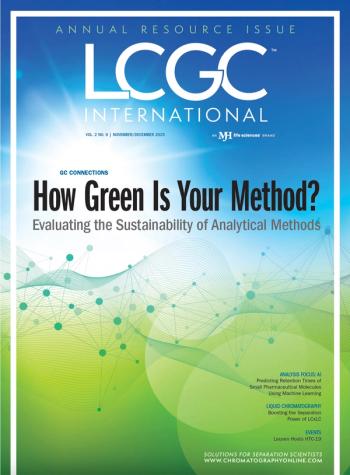
LCGC Europe eNews
- LCGC Europe eNews-02-06-2009
- Volume 0
- Issue 0
Velocity11 renamed
Agilent Technologies has renamed Velocity11 as Agilent Automation Solutions. Agilent acquired Velocity11 in late 2007 and continues its focus on automating laboratory processes by introducing the Direct Drive Robot and VWorks Automation Control Software.
Agilent Technologies has renamed Velocity11 as Agilent Automation Solutions. Discussing the name change, Agilent Automation Solutions Division general manager Rob Nail said; "Our name has changed, but our commitment to help our customers automate workflows has never been stronger."
Agilent acquired Velocity11 in late 2007 and continues its focus on automating laboratory processes by introducing the Direct Drive Robot and VWorks Automation Control Software. According to the company the robot advances high-throughput screening for drug-discovery research and can also be used in genomics applications, including DNA extraction and PCR sample preparation. The software is described by the company as a complete software solution that integrates and controls scheduling for all levels of automation from stand-alone liquid handlers to large integrated systems.
Agilent Automation Solutions is part of the Agilent's Life Sciences Solutions Unit.
Articles in this issue
almost 17 years ago
PerkinElmer's fourth quarter financial resultsNewsletter
Join the global community of analytical scientists who trust LCGC for insights on the latest techniques, trends, and expert solutions in chromatography.



